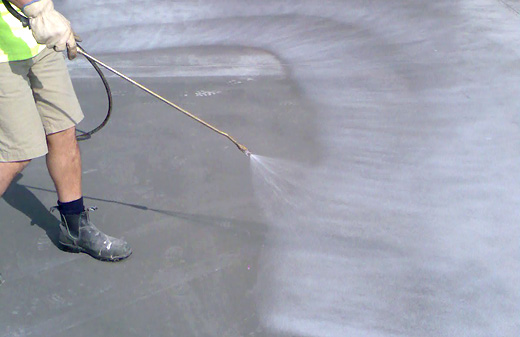 The alkaline reaction of the concrete protects the reinforcing steel against corrosion. Where does this alkaline reaction come from??
The alkaline reaction of the concrete protects the reinforcing steel against corrosion. Where does this alkaline reaction come from??
During the hydraulic hardening of cement, which is a binder in concrete, a significant amount of calcium hydroxide is formed (lime lye). It is calcium hydroxide that is the source of alkaline …
Monthly Archives: January 2015
Efflorescence on plaster
 Inside the room, on a brick wall, dark joints are marked between the wall blocks.
Inside the room, on a brick wall, dark joints are marked between the wall blocks.
What is a cause of it?
There are so-called. thermal bridges. Due to the insufficient thermal insulation properties of the wall, mortar joints are visible on it. Due to increased flow …
Scratches in plaster and mesh cracks
On the smoothly blurred facade of the building, covered with plaster made of PIIa mortar, cracks of a dynamic nature and mesh cracks appeared on a large surface.
The old paint coating from dispersion paint shows no damage and sticks to the substrate well, but it is …
Cast
Cast
How does plaster bind?
Gypsum is chemically bonded by attaching water. The water lost during firing combines with the gypsum again during its setting after adding mixing water.
Please explain, why gypsum is not suitable for external use…
Thickness of the thermal insulation layer made of expanded polystyrene
Please calculate the thickness of the thermal insulation layer made of expanded polystyrene, so that the partition analyzed above would reach the value of the k-factor below 0,40 W/(m2K). The influence of the adhesive layer and the protective coating on the thermal insulation layer can be neglected here. Thermal conductivity for polystyrene is 0,04 …